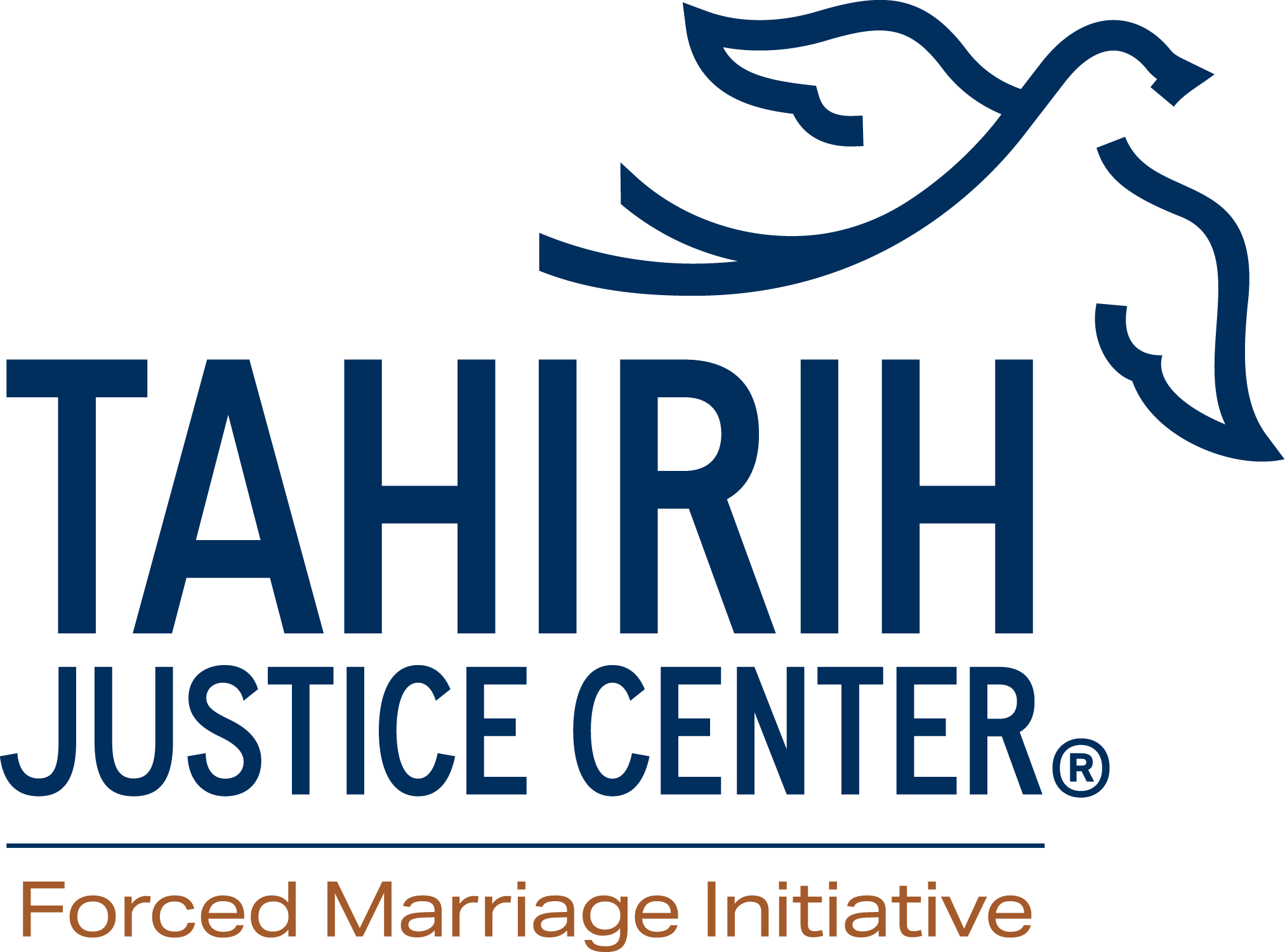Forced Marriage Overseas: Australia
Overview
Individuals from the United States can likely access a network of protections when trying to avoid and/or escape forced marriage in Australia. With a strong government response to forced marriage and an established NGO community advocating for survivors, individuals at risk have resources and supports available, as well as strong protections under the law.
For further information and guidance for individuals from the U.S. that are facing or fleeing a forced marriage in Australia, please contact the Forced Marriage Initiative.
Marriage in Australia
Women and girls in Australia have equitable and protected rights when entering or attempting to dissolve a marriage. The Marriage Act of 1961 prescribes laws regarding marriage and divorce in Australia and sets age 18 as the “marriageable age”, unless a court order authorizes the marriage of a minor who is between ages 16 and 18. The Marriage Act bans marriages involving persons under age 16 in all circumstances.1 It is also illegal for any person under age 16, or two people under age 18, to marry, even with a court order.2
Forced marriage was criminalized in Australia in 2013, making it illegal to cause a person to enter a forced marriage or to be a party to a forced marriage (not including the victim).3 These laws apply to legally recognized marriages, as well as cultural or religious ceremonies and registered relationships/unions. They apply not only to marriages that occur in Australia but also to marriages that occur in another country involving Australian citizens. In addition, they apply regardless of age, gender or sexual orientation of the victim.4
According to welfare groups, as of 2014, hundreds of women in Australia are still forced into marriage despite criminalization of the practice.5 Many believe forced marriage is likely more prevalent than the small number of reported cases suggests, with some studies estimating 1,000 cases of forced marriage a year in Australia.6
Lack of consent, or consent obtained by duress or fraud, has been used by the courts as grounds for nullifying a marriage. However, this method of dissolution of a marriage has a low success rate within Australia.7 Gender does not impact an individual’s ability to apply for a divorce and an application for can be made by either the husband or the wife, or both as joint applicants.8
Potential Risks and Protections in Country
Individuals facing forced marriage situations can access a wide variety of protections and supports in Australia. The Marriage Act criminalized forced marriage on a national level and each State and Territory in Australia has domestic violence laws and community agencies organized to support victims of domestic violence.9
The National Plan to Reduce Violence against Women and their Children recognizes that there are groups of women experiencing violence who may not have access to appropriate services and that such women are likely to be at increased risk.10 Factors that may discourage members of the indigenous community from reporting domestic violence include expectation of biased attitudes on the part of the authorities, fear of the partner’s death while in custody, and fear of community reprisals.11 Australia also recognizes that it can be especially challenging for women in rural and remote areas to seek assistance or leave a relationship and several groups have been established to address these issues and ensure improved social and economic outcomes for women in these areas.12
Special Challenges in Returning to the United States
Women do not require permission to leave the county and can leave on their own whether they are pregnant or married. However, a minor’s ability to lawfully depart Australia may be restrained in several ways. Please check the exit requirements for Australia for the most up-to-date travel information.
Assistance for Individuals from the United States
- The Tahirih Justice Center Forced Marriage Initiative
The Tahirih Justice Center helps individuals from the United States who are facing or fleeing forced marriage in Australia. This assistance includes providing phone, text and email support, connecting with the U.S. government as well as the Australian government and local resources, and coordinating shelter and services in the United States. - The U.S. State Department
The State Department is available to assist U.S. citizens that are victims of forced marriage with replacement of travel documents and return travel to the United States. For updated information and travel alerts, please visit the department’s webpage on international travel in Australia. - U.S. Consulate in Sydney
Contact the consulate in the case of an emergency.
Tel: +61 2 9373 9200 or (02) 4422-2201 (after hours number)
Email: SydneyACS@state.gov
REFERENCES
1 Australia, Marriage Act 1961, Sections 11 and 12.
2 Australian Government, Attorney-General’s Department, Forced Marriage, available at http://www.ag.gov.au/CrimeAndCorruption/HumanTrafficking/Pages/ForcedMarriage.aspx
3 Australia, Criminal Code Act 1995, Section 270.7B.
4 Australian Government, Attorney-General’s Department, Criminal Justice Division, Discussion Paper – Forced and Servile Marriage, (2010), available at http://www.ag.gov.au/Consultations/Documents/Consultationonforcedandservilemarriage/Discussion%20Paper%20for%20Public%20Release%20forced%
20and%20servile%20marriage.pdf
5 Liz Hobday, Forced marriage an emerging problem in Australia despite laws, welfare groups say, (July 23, 2014), Australian Broadcasting Company News, available at http://www.abc.net.au/news/2014-07-23/forced-child-marriage-continuing-in-australia-report/5613700
6 Neda Vanovac, An estimated 1000 cases of forced marriage a year in Australia, (December 4, 2012), Herald Sun, available at http://www.heraldsun.com.au/news/national/an-estimated-1000-cases-of-forced-marriage-a-year-in-australia/story-fndo48ca-1226529937974
7 Stephen Winspear & Brendan Herbert, Decree of nullity of marriage: A remedy for the hopeful, Moores, (February 12, 2014), available at http://www.moores.com.au/news/decree-of-nullity-of-marriage-a-remedy-for-the-hopeful; Australian Bureau of Statistics, Marriages and Divorces, Australia – 2014 Key Points, available at http://www.abs.gov.au/ausstats/abs@.nsf/mf/3310.0
8 Department of Human Services, The National Council to Reduce Violence against Women and their Children, Domestic violence law in Australia, (2009), available at https://www.dss.gov.au/sites/default/files/documents/05_2012/domestic_violence_laws_in_australia_-_june_2009.pdf
9 Australian Government, Department of Social Services, National Plan to Reduce Violence against Women and their Children, (2011), available at https://www.dss.gov.au/our-responsibilities/women/programs-services/reducing-violence/the-national-plan-to-reduce-violence-against-women-and-their-children-2010-2022
10 NSW Police Force, Code of Practice for the NSW Police Force Response to Domestic and Family Violence, (2013), available at https://www.police.nsw.gov.au/__data/assets/pdf_file/0016/165202/domestic-and-family-violence-code-of-practice.pdf.pdf
11 National Rural Women’s Coalition, available at http://www.nrwc.com.au/About/Welcome.aspx



